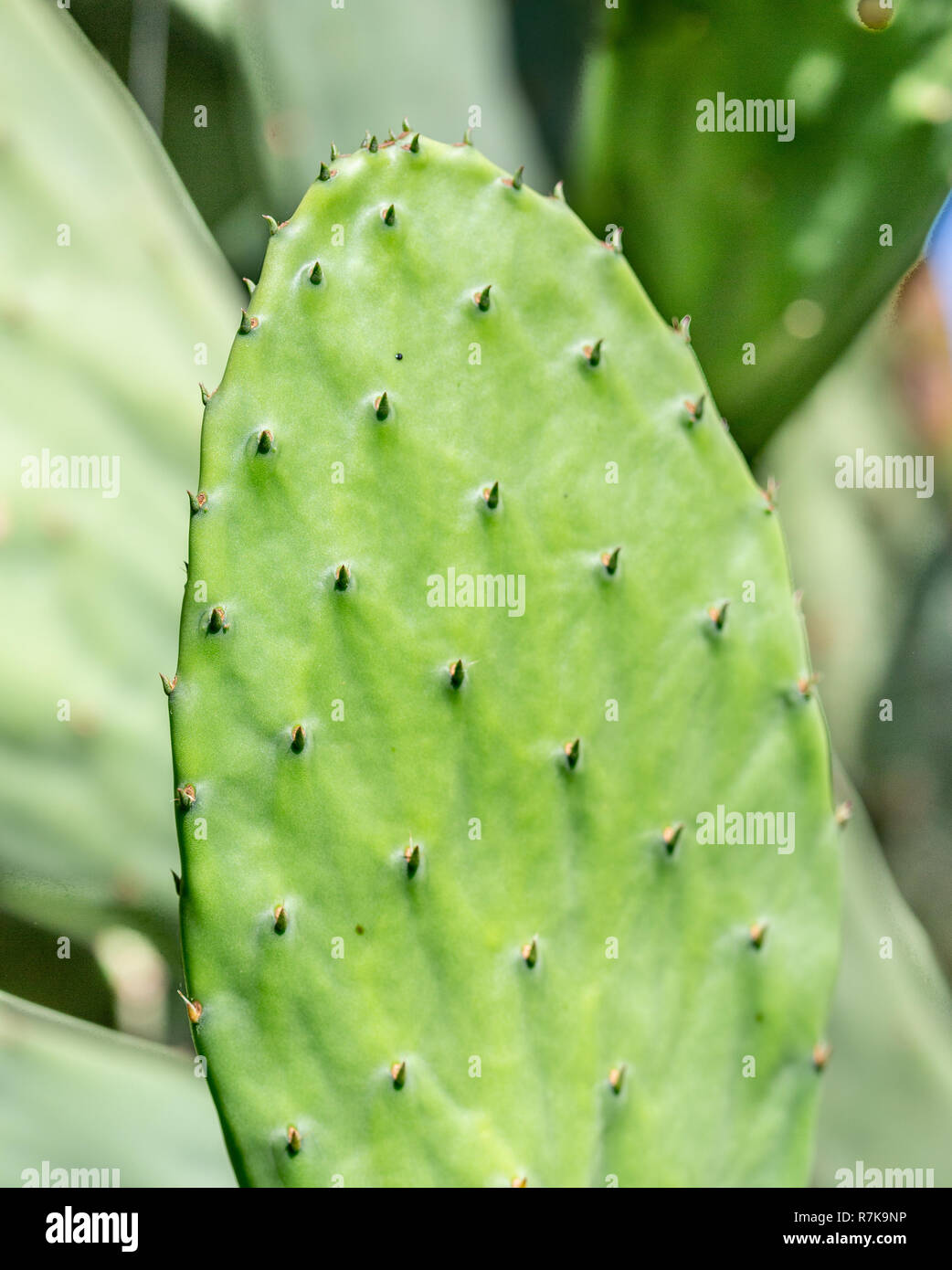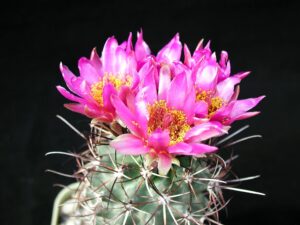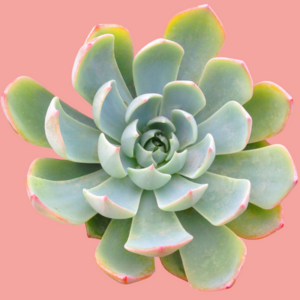Cactus leaves, often referred to as “nopal” or “cactus pads,” are not only a culinary delight but also a versatile ingredient cherished across various cultures, particularly in Mexican cuisine. Their unique texture and nutrient profile make them an intriguing choice for those seeking to explore creativity in the kitchen. However, the fascination with cactus extends beyond its culinary potential; it also raises eyebrows due to its intricate role in traditional medicine, sustainability, and ecological importance.
As we delve deeper into the uses of cactus leaves, it’s essential to understand their nutritional benefits, various cooking methods, and alternative uses beyond the culinary realm.
Exploring Nutritional Benefits: Why Cactus Leaves Are Worth Your Attention
One of the most compelling reasons to incorporate cactus leaves into a diet is their impressive nutritional value. Rich in dietary fiber, vitamins, and minerals, nopal contributes significantly to heart health while aiding digestion. The fiber content, particularly soluble fiber, helps regulate blood sugar levels and supports weight management, making it particularly appealing to those striving for a balanced diet.
Moreover, cactus leaves are a remarkable source of antioxidants, which combat oxidative stress and inflammation in the body. They are low in calories, yet packed with essential nutrients like vitamin A, vitamin C, magnesium, and calcium. This powerful combination of nutrients can also aid in skin health and bolster the immune system, illustrating that cactus leaves are not just a culinary novelty but a veritable powerhouse of nutrition.
Connecting to Culinary Traditions: Cactus Leaves in Cooking
Cactus leaves are reputed for their subtle taste, often described as a blend of green beans and bell peppers, making them adaptable to a variety of dishes. Their ability to absorb flavors enhances their appeal in diverse culinary traditions.
Creative Preparations: From Grilling to Salsas
One of the simplest ways to prepare cactus leaves is by grilling. When subjected to high heat, their outer skin becomes charred and smoky, while the inside retains a pleasant texture that is succulent and tender. Grilled cactus leaves can be diced and added to salads or served as a side dish, drizzled with a bit of lime juice and sprinkled with salt.
A popular preparation involves sautéing cactus leaves with garlic, onions, and tomatoes, creating a vibrant dish known as “nopalitos.” This dish can be served as a standalone option or as a filling in tacos, burritos, or quesadillas. The versatility of cactus leaves allows for inclusion in various recipes, enhancing both flavor and nutrition.
Nopales can also be diced and added to salsas, providing a unique texture and flavor profile. This blend not only heightens the taste of the salsa but also creates an appealing visual contrast, enticing those curious about plant-based cooking.
In the realm of beverages, nopal juice is gaining popularity as a refreshing drink with numerous health benefits. It is often combined with fruits, creating smoothies that are both hydrating and nutritious, appealing to health-conscious consumers.
Preservation Techniques: Extending the Lifespan of Cactus Leaves
For those looking to incorporate cactus leaves regularly, understanding preservation techniques is vital. Cactus leaves can be blanched, packaged, and frozen, allowing them to be preserved for later use. Pickling is another excellent method, creating tangy, flavorful additions to salads and sandwiches while extending the shelf life.
Beyond Culinary Uses: Harnessing the Power of Cactus Leaves
The utility of cactus leaves stretches far beyond the culinary world. Their fibrous texture and unique composition lend themselves to various non-culinary applications.
Eco-Friendly Practices: Sustainability in Action
Cactus leaves are used in biodynamic farming as a natural fertilizer. The organic matter in the leaves can enrich soil quality, promoting healthy plant growth. This environmentally sustainable aspect showcases the cactus’s role in balancing ecosystems, making it an essential addition to green practices. Even in regions with arid climates, cacti are revered for their ability to thrive under harsh conditions, exemplifying resilience and sustainability.
Health and Wellness: Medicinal Properties of Cactus Leaves
In addition to culinary benefits, cactus leaves have been traditionally utilized for their medicinal properties. Herbalists have employed nopal in various forms to alleviate ailments such as high cholesterol, diabetes, and digestive disorders. The anti-inflammatory and antioxidant properties of cactus leaves play a role in promoting overall health, illustrating their multifaceted nature as a health-supporting food source.
Aesthetic Applications: Cactus Leaves in Beauty Products
The beauty industry has also recognized the advantages of cactus leaves, leading to their incorporation in skincare products. The high moisture content can hydrate the skin, while antioxidants protect against environmental stressors. Skin creams and hair products infused with nopal extract are praised for their hydrating and anti-aging effects, further emphasizing the cactus leaf’s versatility.
Conclusion: Embracing the Cactus Leaf Revolution
The uses of cactus leaves extend far beyond the plate. From their impressive nutritional profile and culinary adaptability to their sustainability benefits and medicinal properties, cactus leaves present a unique opportunity for exploration and innovation in various disciplines. As our culinary landscapes continue to evolve, embracing ingredients like cactus leaves not only enriches our diets but also contributes to a broader understanding of the food we consume and its impact on our health and the planet. Whether you’re crafting a sumptuous meal or looking to adopt eco-friendly practices, the multifaceted cactus leaf is indeed worthy of your attention.





Leave a Comment